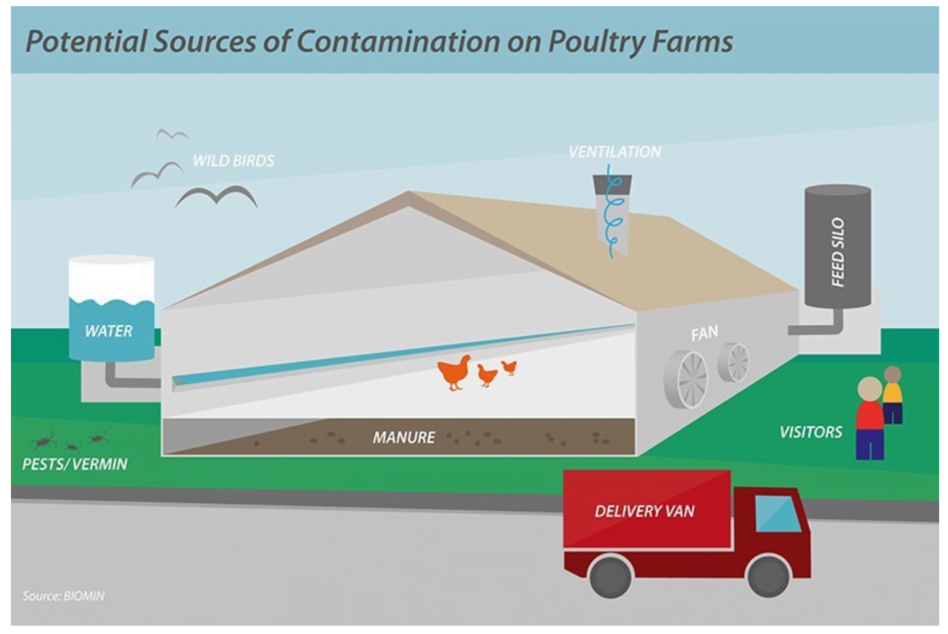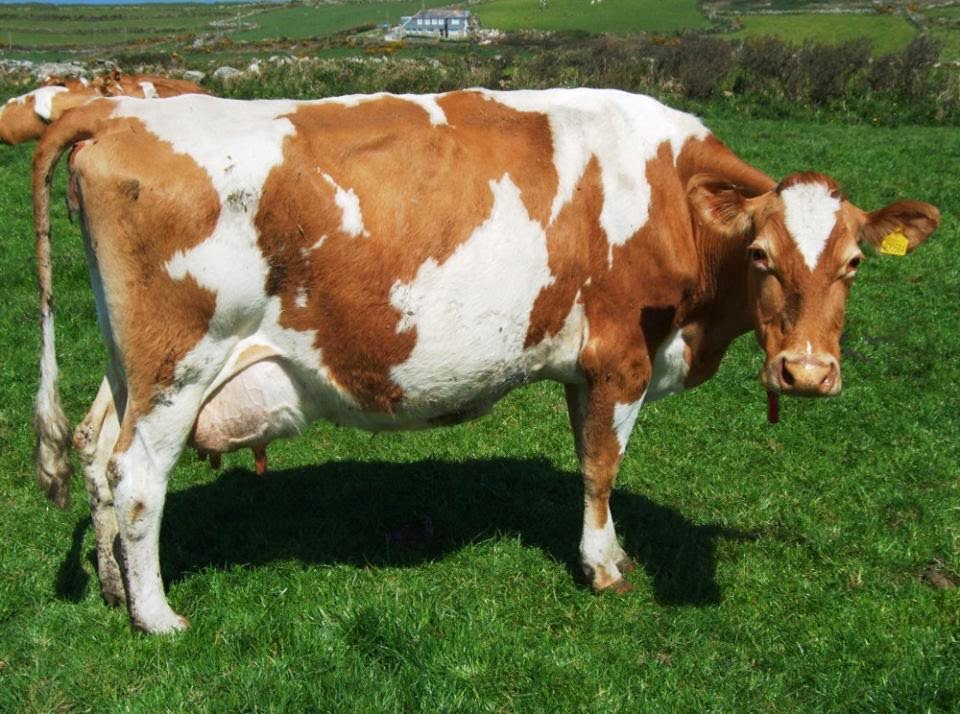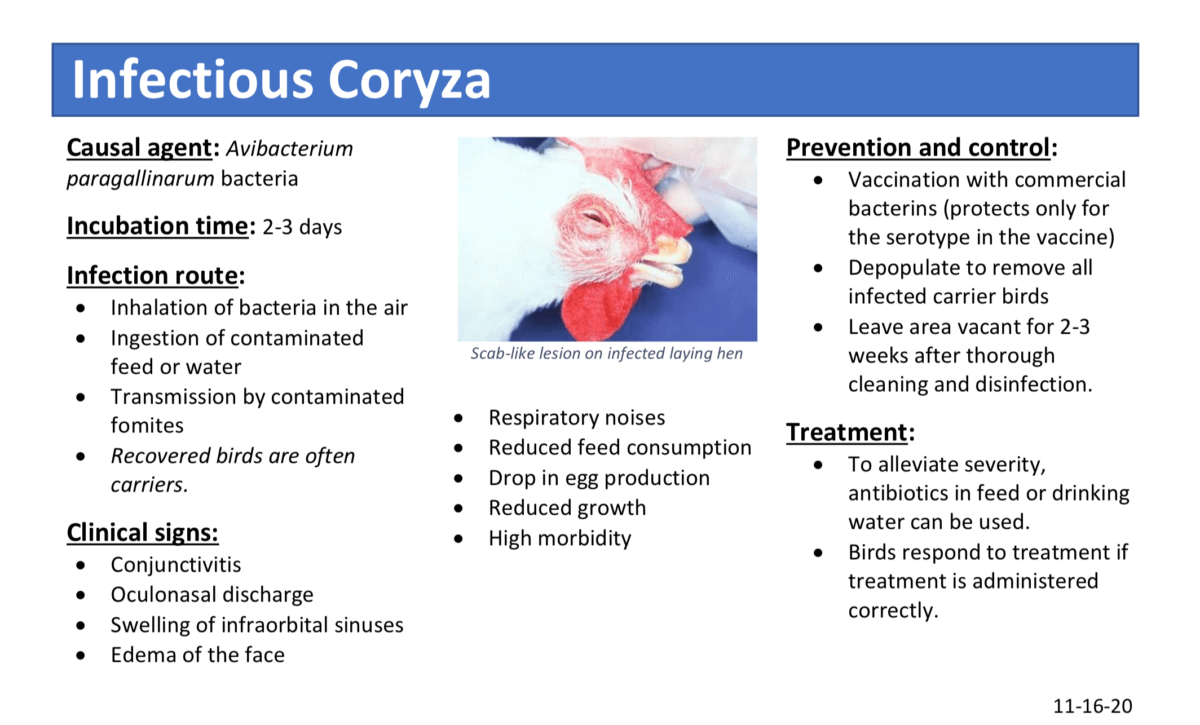Several diseases which are easily vaccinated against need to be considered in their health management programs like fowl pox disease. Fowl Pox is a relatively spreading viral infection of chickens characterized by scab-like lesions on the skin of the unfeathered body parts and/or diphtheritic (wet) membranes lining the mouth or air passages. Infection with the fowl pox virus will cause the chickens to have -Poor growth, -Poor feed conversion and a -Precipitous fall in egg production. Mortality rate will be marked if the lesions are limited to the skin,death may…
Category: Diseases
How can you control disease in broiler chicken I Mshindo Media
Prevention and Control of disease in broiler chicken In poultry industry primarily emphasis is given more on prevention and control than curative measures. A suggestive disease prevention & control programme follows: · Start with disease free stock. · V accine chicks against Ranikhet & Merek’s disease at Hatchery . · Use coccidiostal to prevent coccidiosis.…
Salmonellosis in Poultry I Mshindo Media
Signs, causes, treatment and prevention of Salmonella infection in chickens and other avian species Salmonella is an enteric pathogen that can infect almost all animals, including humans. Salmonellosis in poultry is caused by Gram-negative bacteria from the genus Salmonella. There are only two species in this genus, enterica and bongori (Lin-Hui and Cheng-Hsun, 2007), but almost 2,700 serotypes (serovars), of which around 10% have been isolated from birds. In general, most serotypes of Salmonella can infect several animal species (Gast, 2008), such as Salmonella Typhimurium and Salmonella Enteritidis. Food safety and Salmonella in poultry Food safety is a key topic when it…
Mastitis Prevention and Treatment
Mastitis Prevention and Treatment The most costly dairy industry disease, mastitis, creates problems that affect the animal, finances, and food safety. When evaluating the expenses associated with mastitis, dairy clients need to keep in mind that the financial loss associated with treating the disease extends beyond the cost of prevention.Below is information you can give to your dairy clients to help: Calculating the Costs of Mastitis Running a dairy is a business. When balancing the cost of prevention versus the cost of treatment, the final decision has to be economically valid.…
INFECTIOUS CORYZA
INFECTIOUS CORYZA Coryza is the medical term for local cold.However its more serious in chicken.Its airbone disease,Can be passed from bird to bird,through infected droplets,contaminated feeds,water,beddings and dust particles.Birds are also highly susceptible at places such as poultry shows,swap meet and live birds market place or all places where they can be in contact with infected birds.It can also spread via wild birds so try to keep them out of the chicken area as much as possible.Poor unsanitary housing and overcrowding exacerbates the problem since the bacteria can proliferate in…
Bleeding calf syndrome
Bleeding calf syndrome (Bovine neonatal pancytopenia) results in unexplained bleeding or haemorrhaging from the skin, nares, mouth, rectum and injection sites and ear tags and with a raised temperature in some cases. Clinical signs There have been different clinical manifestations seen, ranging from calves being found dead to unexpected excessive bleeding with secondary infection and malaise and on post mortem areas of bleeding or haemorrhage are seen throughout the carcase. The bone marrow also shows damage (aplasia) indicating that there is a problem with producing factors involved in blood clotting.…
Bluetongue
Bluetongue is a non-contagious, viral disease affecting domestic and wild ruminants (primarily sheep and including cattle and goats), that is transmitted by insects, particularly biting midges. The severity of disease varies among different species with symptoms being most severe in sheep resulting in death, weight loss and disruption in wool growth. In highly susceptible sheep, morbidity can be as high as 100%. Mortality averages from 2-30% but can be as high as 70%. Cattle often have a higher infection rate than sheep and demonstration and severity of clinical signs varies…







